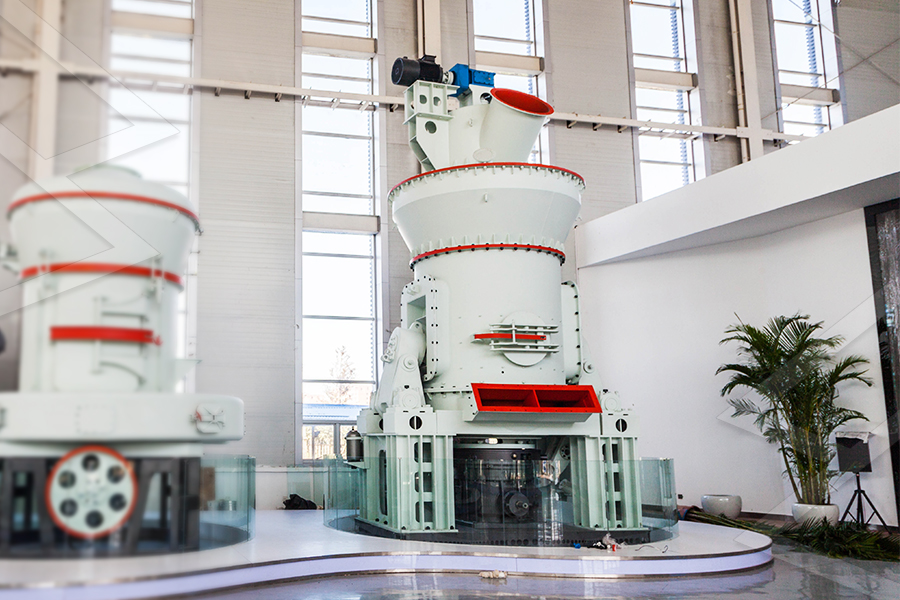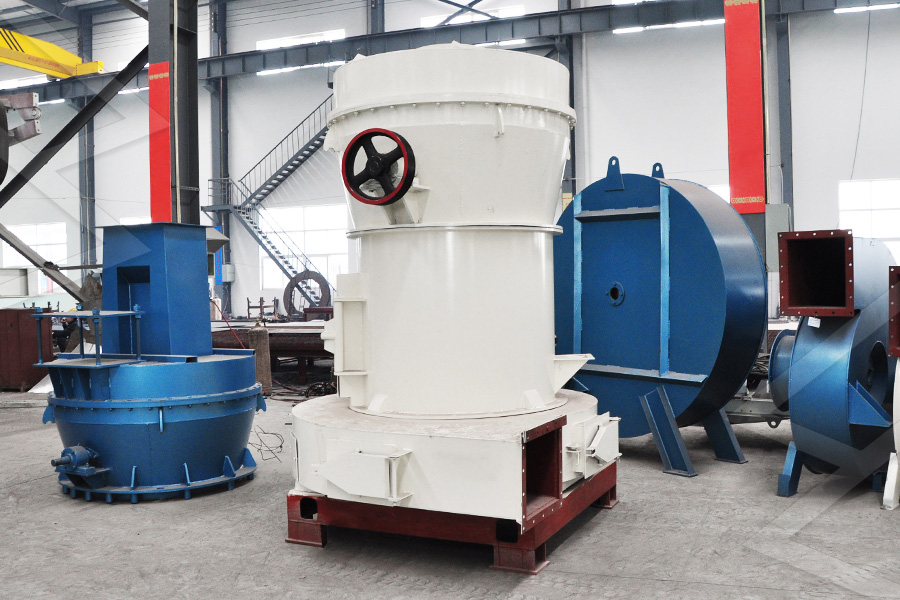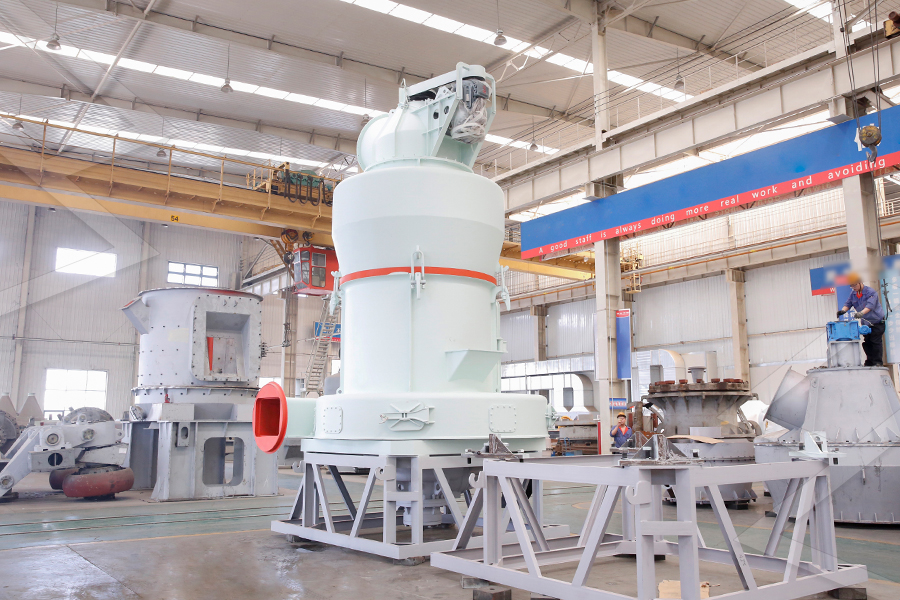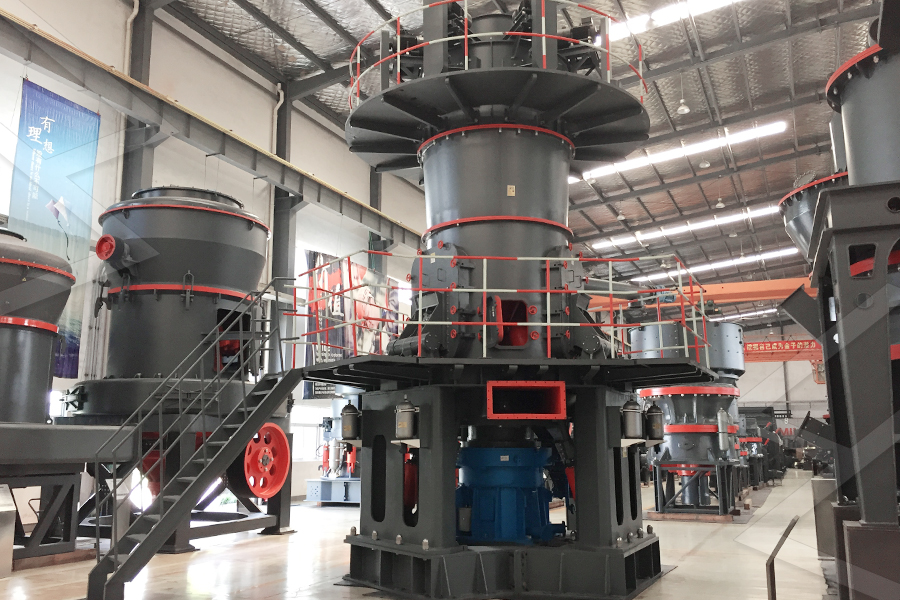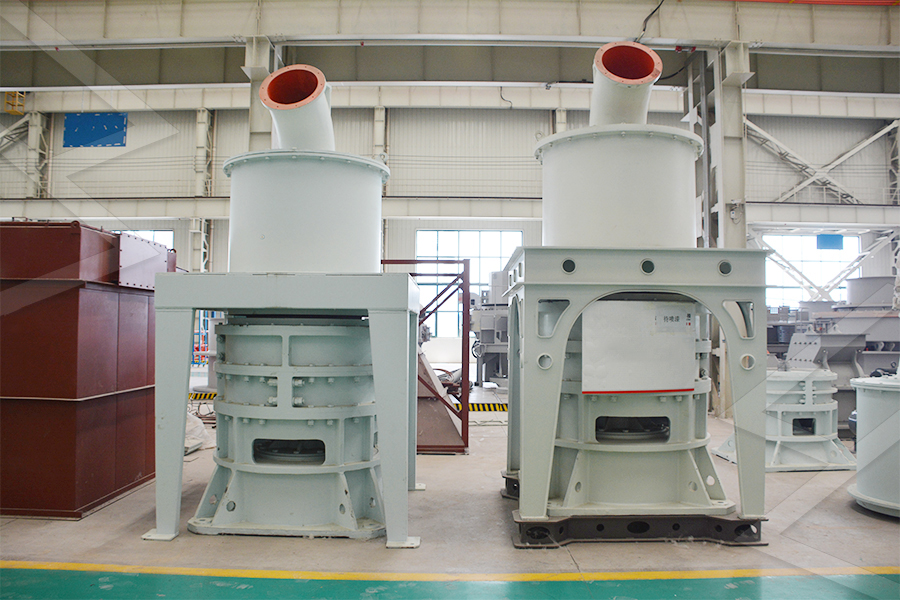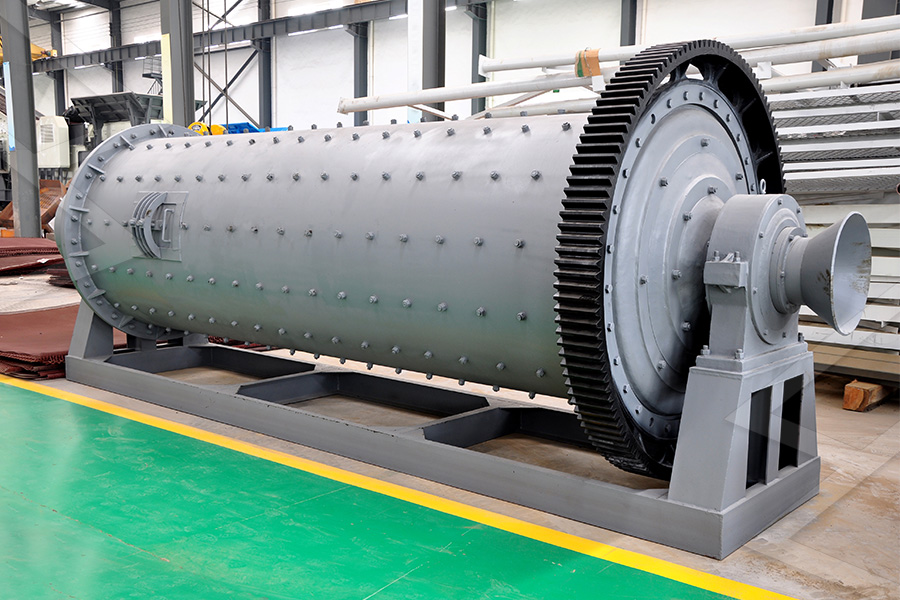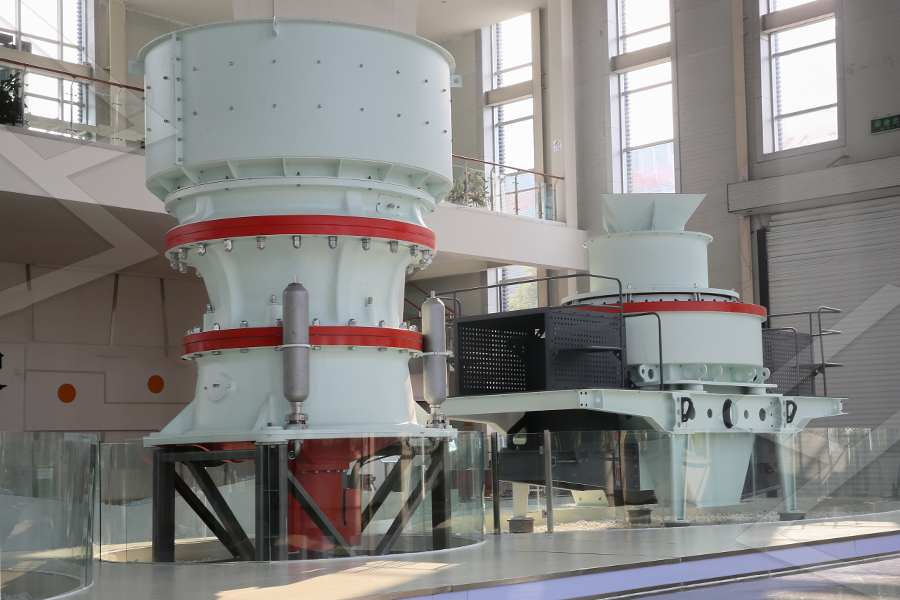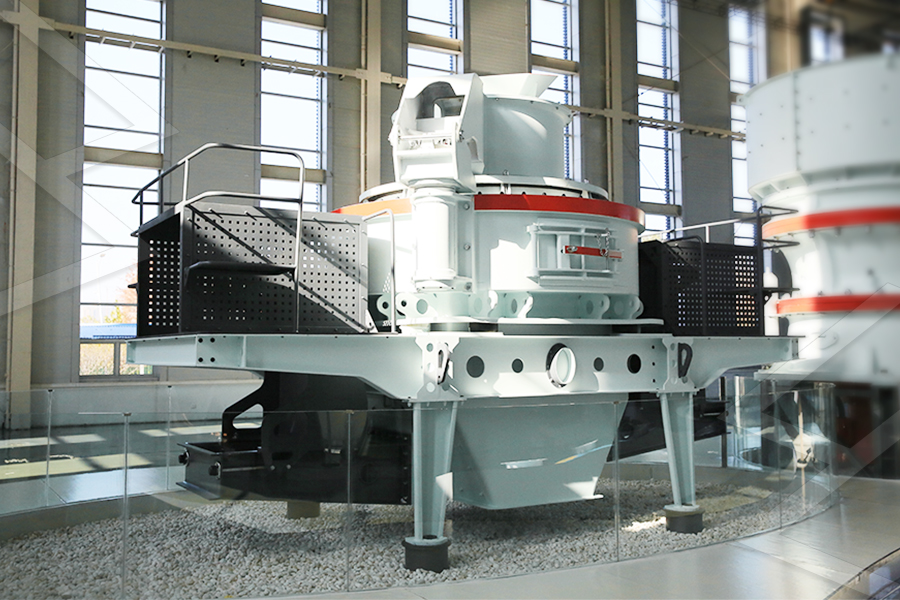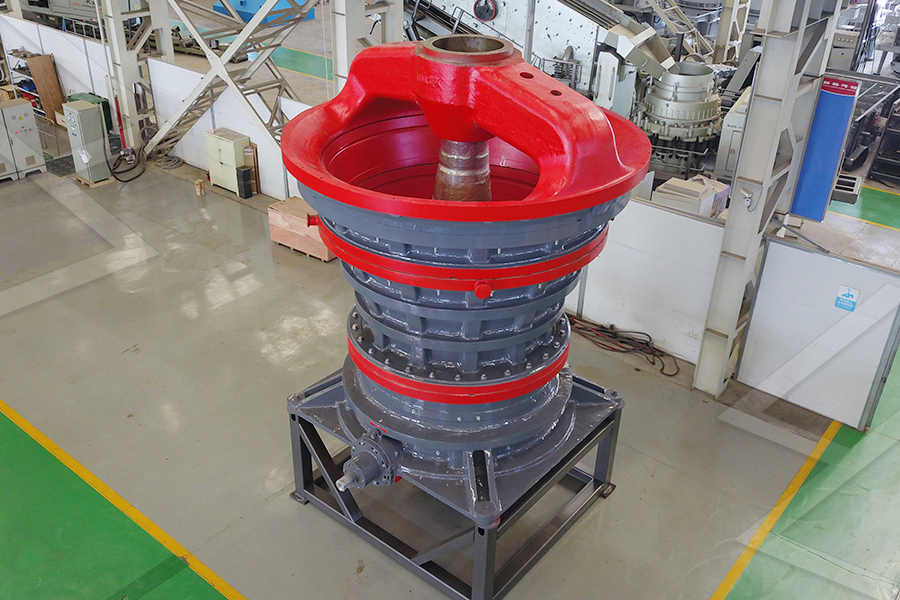Quality Control and Smelting Performance
QC tests are conducted every 3 hours: (1) Particle size (laser analyzer) to confirm ≥95% pass 280 mesh; (2) CaF₂ and SiO₂ content (XRF) to ensure CaF₂ ≥92% and SiO₂ ≤3%; (3) Moisture content (halogen meter) to <0.5%. The smelter monitors flux performance by measuring: (1) Slag viscosity (target <2 poise at 1200°C); (2) Copper recovery rate (target ≥98.5%). Since using the project’s fluorite powder, the smelter’s slag viscosity has decreased by 15%, and copper recovery has increased from 98.0% to 98.7%—recovering an additional 6.72 tons of copper per day.
Environmental and Safety Measures
Environmental considerations include: (1) Waste heat reuse: Using the smelter’s boiler waste heat reduces coal consumption by 300 tons per year; (2) Water recycling: The washing process uses a closed-loop system, with water treated via a sedimentation tank and eused—water consumption is <0.2 m³ per ton of fluorite; (3) Dust control: The pulse bag filter and sealed pipeline limit emissions to <8 mg/m³, complying with China’s GB 28661-2012 standard.
Safety measures address fluorite’s potential hazards (fluoride dust can cause respiratory damage): (1) Ventilation: The production area is equipped with local exhaust ventilation (LEV) systems to keep fluoride dust levels <2 mg/m³ (OSHA limit); (2) Personal protective equipment (PPE): Operators wear respirators (P100 filters), goggles, and gloves; (3) Monitoring: Fluoride levels in air and water are tested monthly by a third-party lab.
Economic Benefits and Industry Collaboration
Economically, the project benefits both the smelter and the local economy: (1) Cost savings: On-site grinding reduces the smelter’s fluorite costs by 18% compared to purchasing pre-ground powder; (2) Increased copper recovery: The additional 6.72 tons of copper per day generates ~$40,000 in daily revenue for the smelter; (3) Job creation: The project employs 15 staff (operators, maintenance, QC) and supports local fluorite mines.
